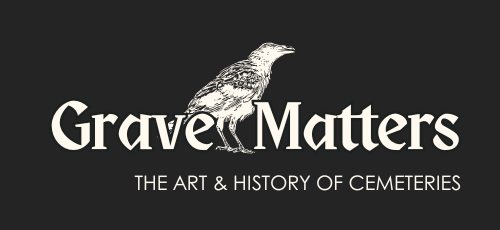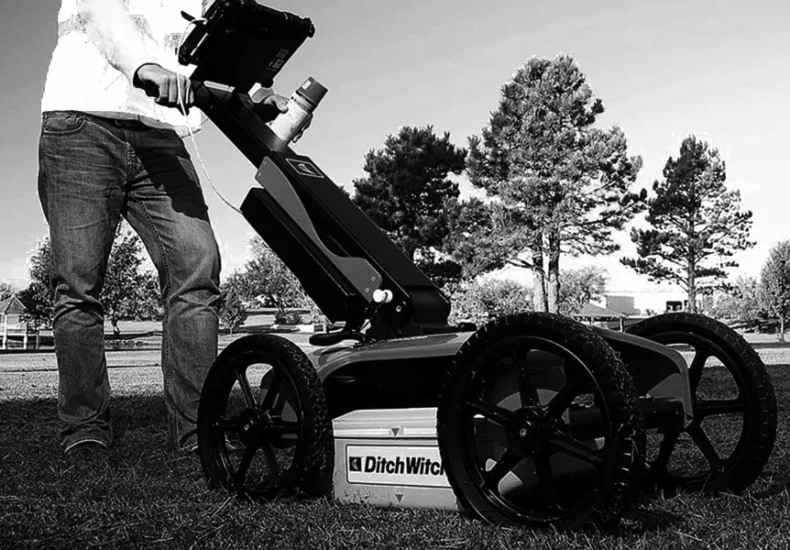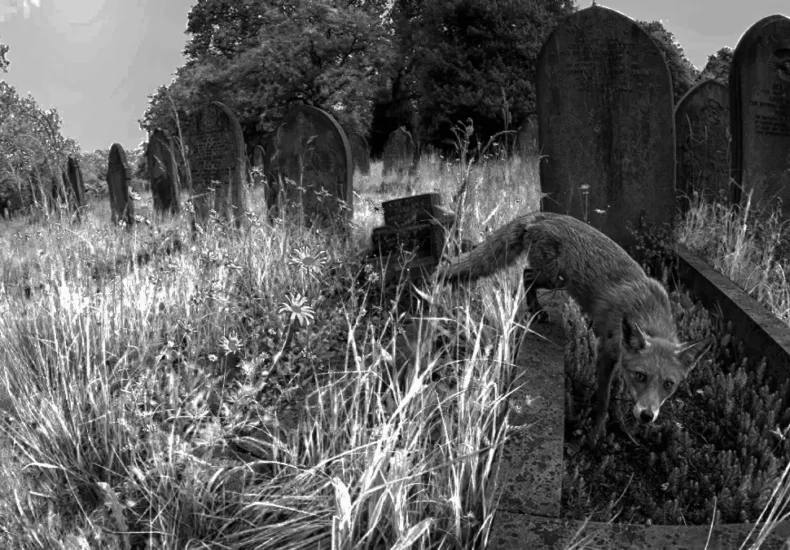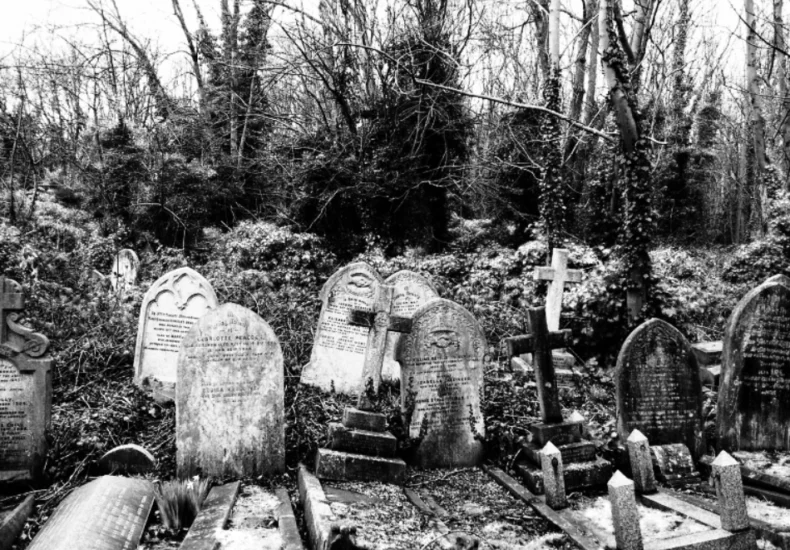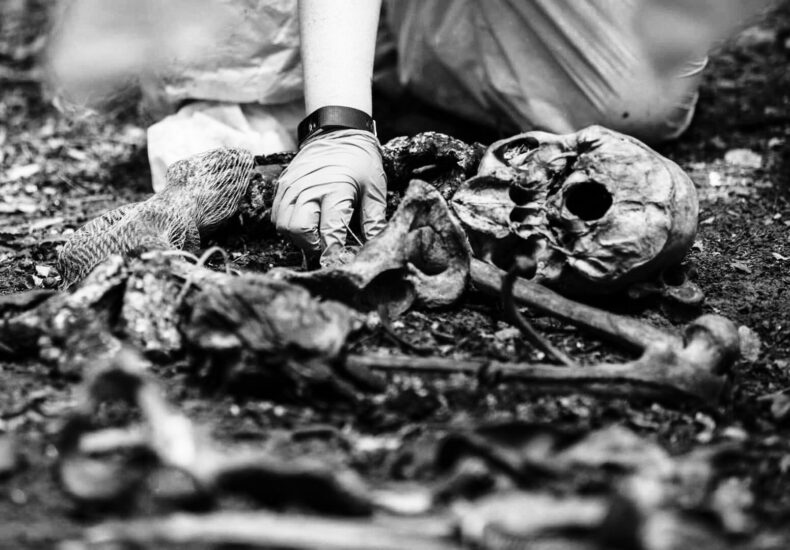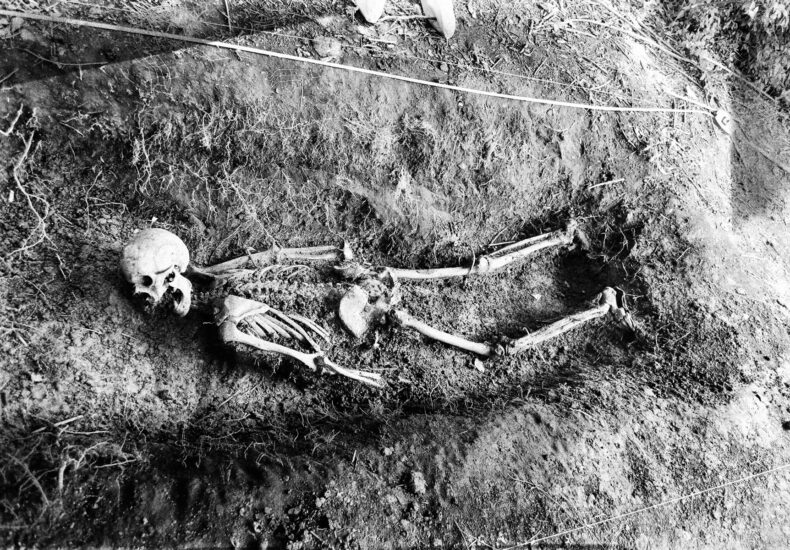Category: Science & Preservation
Lost & Found: How Ground-Penetrating Radar Helps Rediscover Forgotten Graves
Rediscovering forgotten graves may sound like the opening scene of a Gothic novel—fog curling over abandoned headstones, the earth quietly holding secrets beneath our feet. Yet in a world where urban growth collides with historic memory, locating lost burials isn’t just atmospheric; it’s essential. From preserving ancestral heritage to preventing accidental construction over burial sites,
Cemetery Biodiversity: How Wildlife Finds Refuge Among the Dead
When we think of cemeteries, we often imagine solemn marble angels, wilting flowers, and quiet paths shaded by old trees. But beneath the melancholy surface, a surprising truth thrives — cemeteries are not just sanctuaries for the dead but also for the living. Birds nest in mausoleums, foxes burrow among tombstones, and bees hum peacefully
Graveyard Decay Explained: The Effects of Time, Weather, and Pollution
Every headstone, every mausoleum, and every worn epitaph is a historical document carved in stone. But here’s the catch—stone, though seemingly eternal, is far from immortal. Time, weather, and pollution are its relentless enemies, etching their signatures on our graveyards one crack, one stain, and one crumble at a time. In this article, we’ll explore
Forensic Anthropology in Cemeteries: What Bones Can Tell Us
We often say “the dead tell no tales,” but forensic anthropologists would beg to differ. In fact, they’d argue the dead won’t shut up—especially when their bones are involved. Cemeteries, far from being silent sanctuaries of rest, are active sites of scientific investigation. Whether it’s solving centuries-old mysteries or identifying remains from modern conflicts, forensic
Body Farms & Human Decomposition Studies: The Science Behind Decay
Let’s be honest—death is the great taboo. We fear it, we avoid it, and we certainly don’t want to talk about what happens to our bodies once the lights go out. But for scientists working in the field of forensic anthropology, understanding human decomposition isn’t just macabre curiosity—it’s essential. Enter the world of body farms,
Cemetery Mapping: How Technology Is Digitising Burial Records
Think of your local cemetery. Peaceful, quiet, maybe a little overgrown in places. But beneath the surface lies not just bones and memorials, but a tangled history of who lies where, why, and when. For centuries, these records lived in dusty ledgers, weather-worn stone, or sometimes—nowhere at all. But here’s the twist: cemeteries are going
The Science of Gravestone Preservation: Best Practices & Challenges
Gravestones are not only markers of the deceased—they are historical artifacts, cultural symbols, and often works of art. Yet, time is relentless. Weathering, pollution, biological growth, and even human neglect contribute to their gradual decay. So, how do we preserve these silent storytellers for future generations? This is where science meets history. Gravestone preservation isn’t
